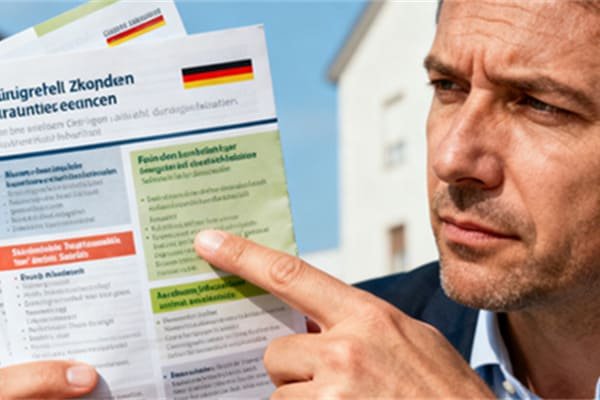After years of helping clients understand their auto insurance costs, I’ve seen significant rate variations across state lines.
Car insurance rates differ by state due to varying state regulations, accident rates, population density, weather risks, and legal systems. These factors create unique risk profiles that insurers use to calculate premiums.

Let me explain how these complex factors work together to create such different rates.
Why Does Car Insurance Vary By State?
I’ve often had clients move between states and be surprised by their new rates.
State-specific factors like minimum coverage requirements, traffic density, accident statistics, repair costs, and local laws directly influence insurance rates. Each state’s unique combination of these factors creates distinct risk profiles.

Let’s examine the key factors:
State Regulation Impact
-
Legal Requirements
- Minimum coverage limits
- Required insurance types
- Tort vs. no-fault systems
- Financial responsibility laws
- Consumer protection rules
-
Risk Factors
- Traffic density
- Accident rates
- Vehicle theft statistics
- Weather patterns
- Road conditions
Regulatory Comparison
| Factor | High-Cost States | Low-Cost States |
|---|---|---|
| System | No-fault | Tort |
| Coverage Requirements | High | Basic |
| Population Density | High | Low |
| Weather Risk | Severe | Mild |
What State Has The Highest Auto Insurance Rates?
Through my research and client experience across different states, clear patterns emerge.
Michigan consistently ranks as the state with the highest auto insurance rates, primarily due to its unique no-fault insurance system and unlimited personal injury protection requirements.

Let’s analyze the costly states:
High-Cost Factors
-
Michigan’s Case
- Unlimited PIP coverage
- High medical costs
- Dense urban areas
- Severe weather
- Fraud rates
-
Other Expensive States
- Louisiana
- Florida
- New York
- Nevada
Cost Analysis
| State | Average Premium | Key Factors |
|---|---|---|
| Michigan | $2,800+ | No-fault, unlimited PIP |
| Louisiana | $2,300+ | High claim rates |
| Florida | $2,200+ | Weather risks |
| New York | $2,000+ | Urban density |
Which State Is The Cheapest To Insure A Car?
In my experience helping clients nationwide, some states consistently offer lower rates.
Maine typically has the lowest auto insurance rates, followed by Idaho and Ohio. These states benefit from lower population density, fewer natural disasters, and tort-based insurance systems.

Let’s explore why these states are cheaper:
Low-Cost Elements
-
Common Characteristics
- Rural areas
- Low crime rates
- Minimal weather risks[^1]
- Tort law systems
- Lower repair costs[^2]
-
State-Specific Benefits
- Competitive markets
- Lower medical costs
- Better road conditions
- Fewer uninsured drivers
- Less traffic congestion
State Comparison
| State | Average Premium | Contributing Factors |
|---|---|---|
| Maine | $900+ | Rural, low crime |
| Idaho | $1,000+ | Low population |
| Ohio | $1,100+ | Competitive market |
| Vermont | $1,150+ | Rural roads |
How Does Location Affect Car Insurance Rates?
This is a crucial question I address with clients considering relocation.
Location affects car insurance rates through multiple factors including urban density, crime rates, weather risks, local repair costs, and state regulations. Even ZIP codes within the same city can have different rates.

Let’s break down the location factors:
Geographic Influences
-
Urban vs. Rural
- Traffic density
- Accident frequency
- Parking situations
- Crime rates
- Emergency response times
-
Regional Factors
- Natural disasters
- Road conditions
- Local laws
- Medical costs
- Repair expenses
Location Impact Matrix
| Factor | Urban Impact | Suburban Impact | Rural Impact |
|---|---|---|---|
| Traffic | High risk | Medium risk | Low risk |
| Crime | Higher rates | Moderate rates | Lower rates |
| Claims | More frequent | Average | Less frequent |
| Costs | Highest | Moderate | Lowest |
Conclusion
Understanding state-specific factors helps explain rate variations, from Michigan’s high costs due to unlimited PIP requirements to Maine’s low rates thanks to rural settings and tort laws.
---
[^1]: Find out how different weather patterns can affect insurance premiums and risk evaluations.
[^2]: Understand how repair costs can significantly impact car insurance premiums and vary by location.


